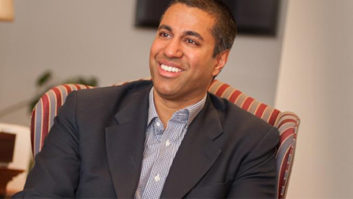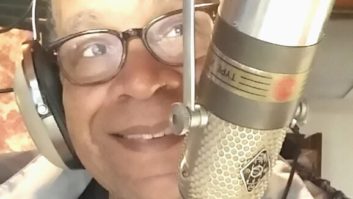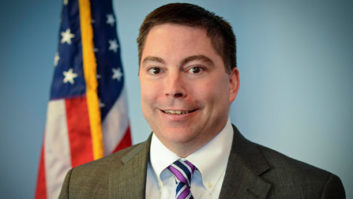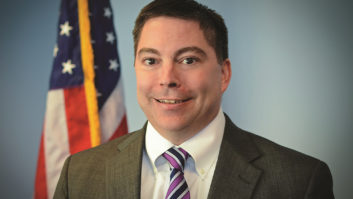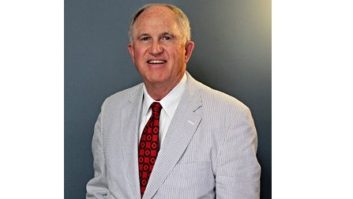Larry Langford is owner of WGTO(AM) and W266BS in Cassopolis, Mich. His commentaries on radio issues such as those facing AM owners are a recurring feature. Read his past articles by searching for “Langford.”

I am among the AM station owners who are overjoyed at the way the FCC has finally moved on some real relief for AM operators. Chairman Ajit Pai is a breath of fresh air coming from a place that had been known for years for making real AM action near the bottom of the priority list.
But even under his fine leadership a real problem still looms and I have not seen where he has spoken a word about it. What we were after was AM revitalization nut what we have is AM operator relief. I say that because of all the rules that have been changed or discussed for change, they all seek to make it better for the AM operator. Translators have been a real shot in the arm and have made many of us finally see some cash come in as our sales people find the delights of selling FM over AM.
Most of us with translators are actually branding our stations with the FM frequency rather than the AM. Yes, the sad truth is we are killing what’s left of AM ourselves.
Translators are great as a quick fix but what about the AM band itself? Sure we have discussed changing the minimum efficiency of the towers, changing the modulation to a power saving mode, changing protection ratios for higher power, relaxing some directional requirements and dropping the Main Studio rule. All this helps the operator but what about the listener? Why has the chairman suggested nothing about the muddy mess that passes for fidelity from the speakers of the typical AM receiver? I read somewhere that the FCC does not think it has the authority to mandate a certain performance level in AM receivers to address the problem. Well, if that is true then someone needs to look into the record books.
The FCC mandated FM stereo for all FM radios over a certain price point in the late 1960s. The FCC also mandated all TV receivers to have 82-channel capability in the’60s, getting rid of the need for conversion boxes to get UHF TV.
Higher power with new protection ratios may help push down the noise level but it will do nothing for the sound that AM is saddled with by lousy receivers. If the chairman would put some of that great AM zeal into improving the sound of new AM radios we would see some actual revitalization of AM sound.
I am not talking about a pie in the sky standard like the now long-dormant AMAX Stereo specifications but we can come close. We have all seen the NRSC study that shows the response of the typical radio even when pushed with the NRSC pre-emphasis curve. It’s still pretty dismal, down 10 dB at 4 kHz.
Tom King of highly respected Kintronic Labs had a sit down with Pai and audio boss Peter Doyle at the FCC in 2014 and laid out a serious plan that would implement an AM radio minimum standard that could easily be accomplished by a simple change in the chipset used in the manufacture of the vast majority of AM radios made for cars and home use. Mr. King knows his stuff and recommended the following (in part) as a minimum standard:
- Audio Bandwidth: 10 kHz typical, adaptive, with a minimum nominal bandwidth of 7.5 kHz;
- Signal-to-Noise Ratio: minimum of 55 dB, preferably 60 dB;
- IF: low with image-rejecting down-conversion, or double-conversion
Even if the FCC made the bandwidth a straight 6 kHz minimum we would see a great improvement in AM quality at the speaker. And those stations that insist on staying with IBOC and limiting audio on analog to 5 kHz would also sound better. So now that Pai is the chairman and Peter Doyle is still there running the Audio Division, why have we not moved forward on minimum standards?
Come on, guys, you have listened to the demos you have read the research. The FCC stepped in for FM stereo and UHF TV, now it’s time to set a standard for REAL AM revitalization where you can hear it the most, at the receiver!






